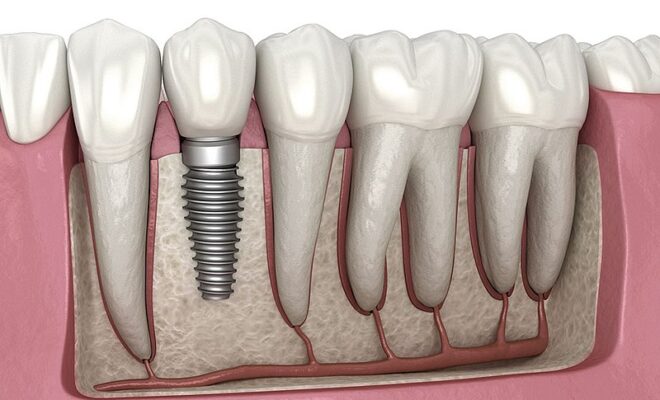How Bone Grafts Are Useful In Dental Implants

A dental bone graft is a technique used to fill in missing bone or provide more support where it is needed in a particular region of the jaw.
It is possible to surgically fuse bone from another region of the body to the jaw’s preexisting bone. The artificial bone substitute is used frequently. If further procedures, such as dental implants, need to be performed or when bone loss threatens the health of the gums and teeth nearby, a dental bone graft can be necessary. Maryville residents have an opportunity to talk to the best dentists in town, so you must talk to a family dentist in Marysville, WA if you are a perfect candidate for bone grafting.
How Does Bone Grafting Help Dental Implants?
Dental bone grafting can be performed using a number of techniques; however, the general process is always the same: After making an incision in the jaw, an oral surgeon or dentist grafts (attaches) more bone material onto the jaw.
When an adult individual has gum disease or has lost one or more teeth, they typically require a dental bone graft. Jaw bone loss may result from these conditions.
The preferred method for dental bone grafting is utilizing your bone from the back of the jaw, tibia, or hip. This process is known as autograft. Since autografts strengthen the jaw’s skeletal support, accelerate healing, and promote the growth of new bone, they are often regarded as the “gold standard.”
Who is an appropriate candidate for dental bone grafting?
Here are some of the most common causes for which a dental bone graft may be necessary.
- Dental implants to replace lost teeth.
Dental bone grafts are often suggested for patients who will have implants placed in place of lost teeth.
Dental implants are unnatural and are inserted into the jawbone in the form of screws. On top of the implant is a crown that blends in with the surrounding teeth.
- Gum disease or Tooth loss
Dental bone grafting could be necessary to maintain an area of the mouth that has lost bone due to loss of teeth or gum-related disease, even if you are not receiving an implant.
The gums and teeth in close proximity can start to suffer from bone loss. A bone graft may support the jaw and assist in stopping more bone loss and the associated long-term medical problems.
- Bone loss
Those who have lost bone in their mouths may also be candidates for dental bone grafts. The face may appear shorter than it previously did due to decreased jawbone mass.
The lower jawbone can appear to push forward if bone mass is depleted. The lips and muscles that surround them can differ in appearance if there is an unhealthy bone structure below them. Additional wrinkles may be apparent on the skin around the jaw.















